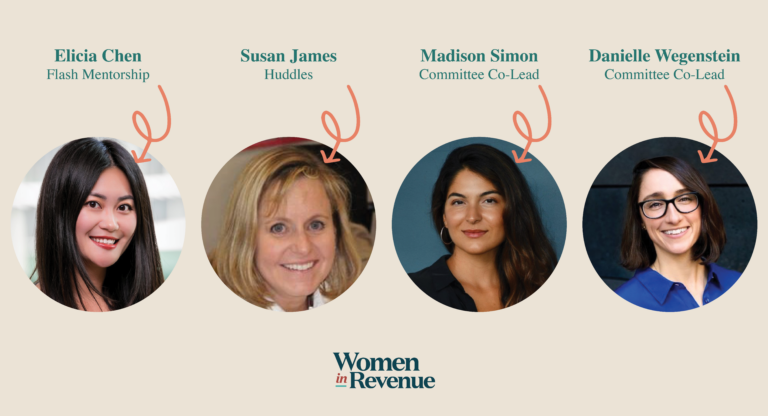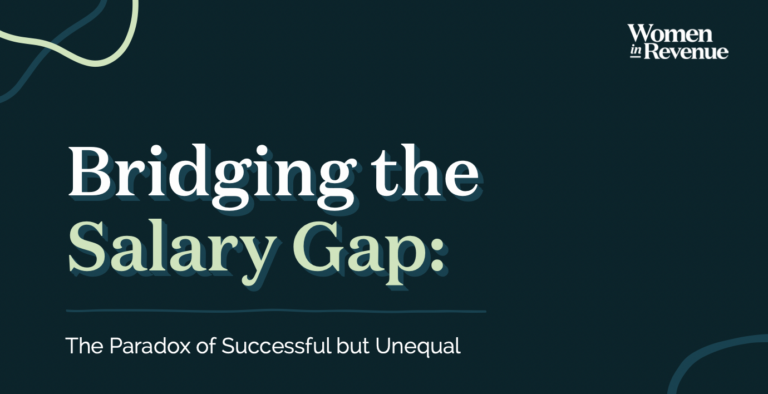In western civilizations, women’s rights have gone from non-existent to being achieved incrementally thanks to the plights of those who came before us. But knowing this is part of the whitewashed version of history. Let’s talk about Native American History within this context.
Before the Americas were colonized by Europeans, these continents and islands already had many tribes, languages, and cultures. And while these varied from region to region, they all had something in common: Native women always had property rights.1 Women could also be shamans, warriors, and be active in political life.
So, instead of continuing to think of the early days of this part of the world through a romanticized (and inaccurate) lens, let’s take a closer look at what it means to celebrate the native peoples of the Americas — and why November has been designated as Native American Heritage Month.
Origins of Native American Heritage Month
Acknowledgment of the first peoples of this nation started with the efforts of Native American Red Fox James,2 who rode on horseback from state to state in 1914, seeking to create interest in establishing a national holiday commemorating American Natives. The torch was carried on by Seneca archeologist, Dr. Arthur C. Parker,3 who witnessed how the US government stripped Natives of their land and community through legislation.4
Thanks to his advocacy, in 1916, New York declared an American Indian Day. In 1976, Congress designated the last week of November as Native American Awareness Week. And in 1990, President George H.W. Bush designated the entire month of November as National American Indian Heritage Month. This month was chosen since it’s the end of many Native tribes’ harvest season.
Why Celebrate Native American Heritage Month
In an age when politicians are turning back the clock on women’s rights, it becomes even more important to see Natives practices as inspiration in the fight for equity.
Indigenous women had complete control of their lives.5 They lived in cultures where gender biases did not exist. They maintained independence, regardless of marital status. This way of life encouraged suffragists: In 1848, Lucrecia Mott visited Seneca and saw these equal rights and responsibilities. This occurred the same summer that she was denied entry to the World’s Anti-Slavery Convention in London. And it was after these experiences that she participated in the Seneca Falls Convention — the precursor to achieving white women’s right to vote in the US.
Even after European settlers arrived and systemically stripped them of rights, Native American women have continued to thrive and contribute to the richness and advancement of the United States. These contributions have positively impacted many of the fundamental aspects of life:
- Technology. Product Designer at Facebook, Pomo Native American Danielle Forward,6 has been a pioneer in interaction design (IxD), which anticipates how a user may interact with a system to provide an optimal user experience. And CEO of the First Nations Technology Council, Denise Williams,7 works to ensure that tech companies and governments provide education and access to Native Tribes.
- Food. It’s crucial to acknowledge that Native tribes are responsible for something even more fundamental to humans around the world: About ⅗ of the world’s crops were first cultivated by Natives.8 Corn, beans, chocolate, and tomatoes exist thanks to them — even before they became staples in many European dishes.
- Clean energy. It’s not news that the planet needs more sustainable ways of providing energy. Environmental pollution and global warming need to be addressed immediately. And Native tribes are leading the way in implementing wind, water, and solar energy.9 When you remove special interests out of the equation, society at large (and the planet) benefits greatly. This also promotes energy independence at a time when it’s more important than ever.
The more we read about Native American cultures, the more it becomes evident that the country — and the world — owes a lot to them. As such, it then becomes our duty to collectively do better to understand and support them.
You can do your part by reading Native American stories, actively look for ways to support them,10 and being mindful about respect. And if you liked this blog, check out our resources for more information on how we celebrate and foster diversity.
1: https://cpilj.law.uconn.edu/wp-content/uploads/sites/2515/2018/10/6.2-Before-and-After-the-White-Man-Indian-Women-Property-Progress-and-Power-by-Kathleen-A.-Ward.pdf
2: https://transportationhistory.org/2020/11/09/national-native-american-heritage-month-red-fox-james-advocate-for-native-american-rights/
3: http://www.nysm.nysed.gov/research-collections/ethnography/collections/research-and-collections-arthur-c-parker
4: https://www.nps.gov/articles/000/dawes-act.htm
5: https://www.nps.gov/articles/000/how-native-american-women-inspired-the-women-s-rights-movement.htm#:~:text=Indigenous%20women%20of%20numerous%20Native,free%20from%20gender%2Dbased%20violence
6: https://www.joinnativesrising.com/danielle-forward/
7: https://technologycouncil.ca/denise-williams/
8: https://www.history.com/news/native-american-foods-crops
9: https://crosscut.com/environment/2022/04/how-tribes-are-harnessing-renewable-resources-energy-and-jobs
10: https://www.globalcitizen.org/en/content/indigenous-peoples-day-native-americans-action/




